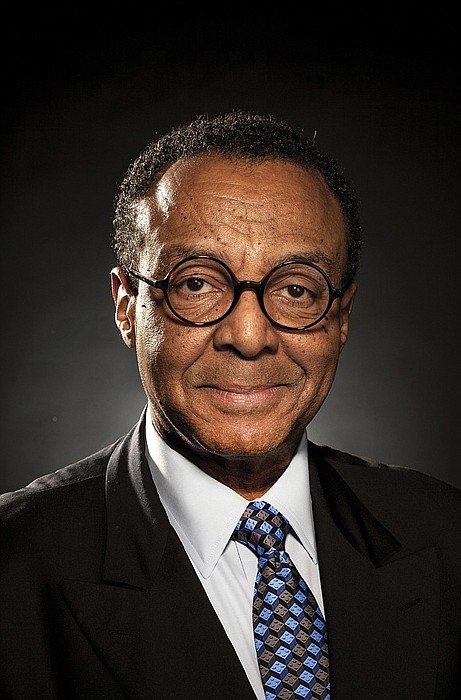Now that Roe is gone, what’s next?. by Clarence Page
6/30/2022, 6 p.m.
Now that the Supreme Court has overturned the landmark Roe v. Wade decision that legalized abortion nationwide in 1973, could same-sex marriage be next? Or even interracial marriage?
I’m not too worried about interracial marriage since, to coin an old phrase, the justices themselves have skin in the game.
Justice Clarence Thomas and recently confirmed nominee Ketanji Brown Jackson, for example, are African-Americans married to white spouses, which, at the very least, would make for awkward deliberations if the issue were to be brought back to the high court.
Yet the issue returned, if somewhat accidentally, during Judge Jackson’s confirmation hearings when Republican senators suggested that the historic 2015 Obergefell v. Hodges decision that legalized same-sex marriage should be revisited.
After Republican Sen. Mike Braun of Indiana suggested that such matters as same-sex marriage should be left up to the states, he was asked whether he thought the Supreme Court should also leave interracial marriage to the states.
He responded affirmatively, saying the diversity of views in our federal system is part of “the beauty of the system.”
Indeed, that was the not-so-beautiful system until 1967 when 16 states, mostly in the South, still retained so-called anti-miscegenation laws. The case involved Mildred Loving, a woman of color, and her white husband, Richard Loving, who had been sentenced to a year in prison for marrying each other.
Ah, yes, how America’s racial etiquette has changed since the late 1960s—and for the better. By 2013, a Gallup tracking poll found that 87 percent of American adults approved of marriage between the races, compared with only about 20 percent approval at the time of the Loving decision.
That, I would argue, is how the system is supposed to work. Over time, history shows, most of the American public tends to become more toler- ant of diversity and respectful of individual rights, including abortion rights.
But not without some pushback that sometimes spills over into other still-simmering issues. Justice Samuel Alito’s majority opinion in the Dobbs v. Jackson Women’s Health abortion decision tried to draw distinct lines between its holdings and other rulings.
But in a separate opinion, his fellow conservative, Justice Thomas, called explicitly for the court to “reconsider all of this Court’s substantive due process precedents, including Griswold, Lawrence and Obergefell,” referring respectively to decisions on contraception, sodomy and same-sex marriage.
The high court’s conservative wing is feeling its new muscle, now that former President Trump’s appointees have built a 6-3 majority for themselves.
And, for advocates of bodily rights and freedoms, more bad news could be on its way.
“The Court’s decision to erase the right to access an abortion will not only lead to the denial of critical health care services,” said Senate Judiciary Committee Chairman Dick Durbin, an Illinois Democrat, “but also criminal consequences for women and health care providers in states eager to embrace draconian restrictions.”
But nobody on either side of this debate had reason to expect anything different. Anti-abortion conservatives, particularly in organizations on the religious right, have been working for this day since Roe was decided.
“The pro-abortion rights movement can best fight back initially by supporting abortion funds that can help women access critical care when they need it. Younger people need to hear how things were in the bad old pre-Roe days as we older folks see them coming again.
Too many on the pro-abortion rights side have been snoozing for too long, too complacent about past victories. Now it’s wake-up time.
The writer is a syndicated columnist and senior member of the Chicago Tribune editorial board.






